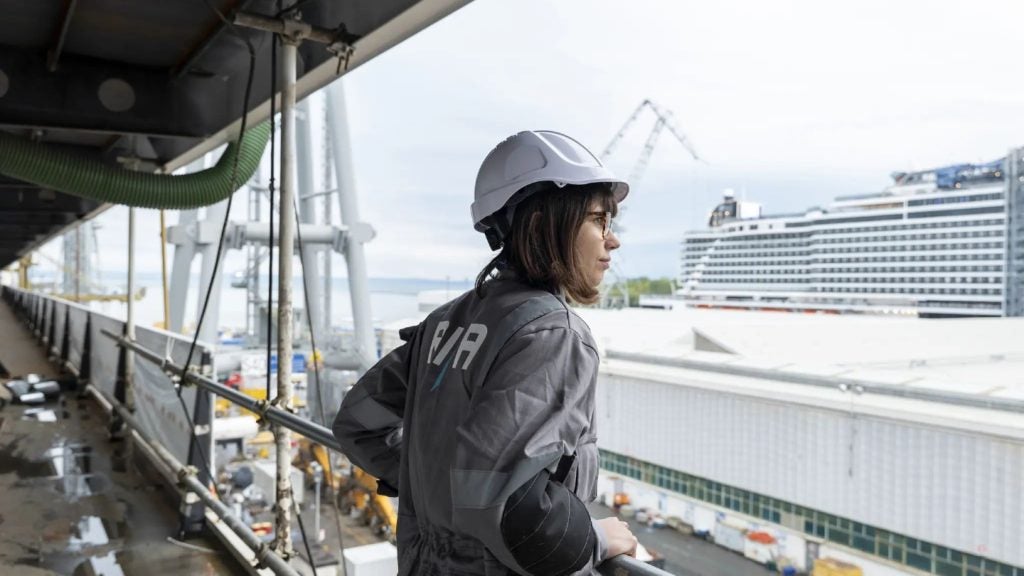
For the longest time, the shipping industry has been reliant on highly polluting fuels to power its vessels. According to the third International Maritime Organization (IMO) study on greenhouse gases, shipping produces 2.5% of global CO2 emissions. When it comes to non-greenhouse gases the shares are even higher, with shipping accounting for between 5% and 10% of total sulphur oxides (SOx) and between 17% and 31% for nitrogen oxides.
Over the last few years, the sector has started to slowly transition to very low-sulphur fuel oil (VSFLO), which was introduced in response to the increasing environmental challenges posed by heavy fuels.
To further combat shipping emissions (especially those from sulphur), the IMO has also progressively tightened the limit of sulphur that ships could use in their fuels. In 2020, the agency introduced a sulphur cap which set the maximum concentration of sulphur to 0.50m/m (mass by mass).
With a sulphur concentration that does not exceed the IMO cap, VSLFO was hailed by many as the solution to tackling shipping emissions, with data showing a potential annual reduction of 8.5 million metric tonnes of SOx a year.
Despite the advantages, many in the industry are still sceptical towards adopting VSFLO due to the high presence of diesel and kerosene and the issues that come from blending them. Are these claims well founded?
How well do you really know your competitors?
Access the most comprehensive Company Profiles on the market, powered by GlobalData. Save hours of research. Gain competitive edge.

Thank you!
Your download email will arrive shortly
Not ready to buy yet? Download a free sample
We are confident about the unique quality of our Company Profiles. However, we want you to make the most beneficial decision for your business, so we offer a free sample that you can download by submitting the below form
By GlobalDataIs diesel becoming a more popular shipping fuel?
In the last few months, diesel and kerosene have increasingly become the go-to fuel for the shipping industry. Due to the Covid-19 pandemic and the travel restrictions imposed to contain the virus, the price of fuel, especially gasoline and diesel, fell conspicuously at the start of the year.
Data from the International Energy Agency showed that diesel demand fell by 1.5mb/d (million barrels per day) in the first quarter of 2020 compared to 2019. During this period, all the kerosene and diesel that were produced and didn’t go into jet fuels were used in shipping blends for VLSFO.
Despite the unusual increase, BIMCO maritime technology and regulation manager Christian Bækmark Schiolborg says the use of kerosene and diesel in shipping fuel is not a novelty, as companies have been using blended fuels for years.
“Blended fuels have not become more popular because of VLSFO. Blended fuels have been sold to the maritime industry for many years and have sometimes been used as a way to sell those parts of the refining streams that was less in demand,” he says. “Fuels may either be supplied to the buying ship directly from a refinery operator or from a bunker supplier who has blended the VLSFO from various blendstocks, which have been traded by brokers.”
Schiolborg believes that the rise in the use of kerosene and diesel was also due to the circumstances created by the pandemic. “As reflected in the media over the last couple of months, the reduced demand for jet fuel to aeroplanes, due to the Covid-19 pandemic, has led to such kerosene-based fuels being blended into marine fuels to absorb the excess while the prices have been low,” he says. “However, as the demand for aviation fuel increases, we suspect that the amount of kerosene in VLSFO will decrease again.
“Nevertheless, if the VLSFO is off-specification or non-compliant with statutory requirements it is a problem that unsuitable blend components are being blended into VLSFO.”
Sludge, wax and stability issues
Despite the environmental benefits, shipowners have been having issues with the quality of VLSFOs, especially when it comes to blends that use diesel or kerosene.
To lower the sulphur content below 0.50%, companies use less viscous and light distillates such as diesel and kerosene, which produce thinner blends that affect the fuel’s stability or its capacity to resist breakdown and avoid sludge in working conditions.
“If a fuel oil is unstable it may lead to increased sediments and sludge being separated from the fuel oil, which in the worst case can cause blackout or loss of propulsion,” he adds.
Stability issues are not easy to detect and can present themselves even after the VSLFO has passed requirements such as the ISO 8217: 2017, which specifies the prerequisites of marine diesel fuels.
Fuel treatment technology supplier Aderco has conducted different case studies on the stability of VSLFO. In the first study, the ship in question was using a fuel that – despite having initially met the ISO 8217 parameters – was later classified as unstable. In the second instance, Aderco found that in one of its low-viscosity fuels the sludge precipitation potential was more than four times the specification limit.
Lower levels of viscosity also reduce thickness between the fuel pump and plunger, leading to possible sticking and failure of the fuel pump.
Another issue related to kerosene in VLSFO blends is that using kerosene or other fuels with a low flash point – the lowest temperature at which a liquid’s vapour can ignite – can lower the flash point temperature of the final blend, potentially creating a fire hazard.
“The International Convention for the Safety of Life at Sea stipulates that no fuel oil with a flash point of less than 60°C shall be used on board ships,” adds Schiolborg. “Thus, supplying fuel oil with a non-compliant flash point is a breach of international rules.
Despite the uncertainty and little transparency when it comes to fuel quality and impaired properties, he believes that there are initiatives that can help create transparency.
“An initiative that could create some transparency and harmonisation would be to amend ISO standard 8217, so the applicable limits were changed from max or minimum limits to acceptable value ranges for the different characteristics; for example, viscosity and pour point.”
Have things changed since the IMO sulphur cap
Experts believe that the implementation of the IMO 2020 sulphur cap has affected the quality of marine fuels, as shown by an industry survey. “The results of the industry survey carried out from February to May 2020 confirm what BIMCO had expected; that there would be quality and safety issues as a consequence of the new VLSFO fuel types,” says Schiolborg.
According to the survey – which was conducted by BIMCO, the International Chamber of Shipping, INTERCARGO and INTERTANKO – 62% of respondents experienced sludge deposits in the fuel oil system, whilst 55% found increased sludge discharge from the ship’s separators.
Experts knew these issues would arise, Schiolborg says, and therefore the IMO cap did not impact the situation negatively. He claims that, overall, the implementation of the sulphur cap has been a success and that “the entire industry did everything possible to be ready and ensure it became a success”.
“The survey result shows that the issues addressed prior to 1 January 2020 in the ISO PAS (23263:2019) on marine fuel quality – in view of the implementation of maximum 0.50% sulphur and the Joint Industry Guidance on the supply and use of 0.50%-sulphur marine fuel, such as instability, impaired cold flow properties and high levels of cat fines (remains from the cracking process at the refinery) – have turned out to be the problems also faced by the industry in reality after 1 January,” he concludes. “Problems that may be challenging and, in some cases, even impossible to handle once the fuel is on board.”






